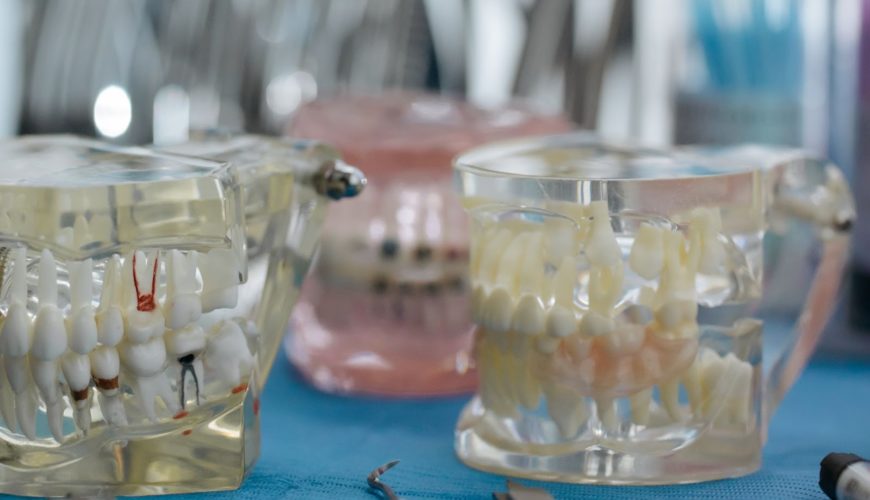Every day, you are surrounded by photos and videos of people with seemingly perfect teeth. Not only are they white and bright, but they are straight and have consistent spacing. If you are like most individuals with crooked or gapped teeth, you may be wondering whether the clear aligners, such as Candid aligners, that are consistently advertised on TV and in magazines work and how. You may also wonder if they will work for you specifically.
What Are Aligners
Aligners are similar to braces, but instead of bonding metal to your teeth and stringing a wire through it that is consistently tightened to straighten your teeth, you receive plastic molds that slip over your teeth and hold them in place. These devices can be removed at any time, and they are less noticeable than braces. Because they are plastic, they need to be removed when you eat.
Fortunately, Teeth aligners typically straighten your teeth within 18 months, while braces can take up to 36 months. In addition, you can get aligners that you can wear overnight or when you think you need them to keep your teeth aligned. After braces, you often need to wear a retainer until your jaw is fully healed and the bone is strong around your teeth.
How Do They Work?
When you work with an aligner company, you often get an impression of your teeth. The company will then provide you with a set of aligners. You wear each set for a specified amount of time. Therefore, every few weeks, instead of visiting your orthodontist for a wire tightening session, you change aligners. The new aligners will move your teeth a tiny bit at a time (think millimetres), and you wear them until your jaw bone allows the shift and begins to grow new bone where your teeth were.
Most aligners are worn up to 22 hours per day. They should not be worn when you eat, and you need to brush your teeth more often since the aligner covers your teeth completely. If your teeth haven’t moved sufficiently within the two-week period, some trays may need to be worn longer than two weeks. Most trays are good for one to two weeks, so if you need to extend your time with a tray position, you may have to contact the company for an additional tray or ask if it is okay to wear your tray for a longer period of time.
You will typically be given 25 trays at a time (for 25 weeks of treatment), and in six to 12 months, your teeth should be in their ideal positions so that you have a straight smile.

How You Can Get Aligners?
You can work directly with your dentist or orthodontist to be fitted for aligners. In these cases, you will need to go in periodically to get new aligners and check your progress.
Several companies offer direct-to-consumer treatments as well. You can take the impressions at home, and trained and licensed orthodontists develop a treatment programme for you. Then, you receive your aligners in the mail. You may need to check in with the aligner company every so often to update your progress, but you won’t have to visit any dentist or orthodontist’s office.
Are You a Candidate?
When they were first released into the market, clear aligners were only available for minor teeth spacing or crowding issues. In fact, some conditions still require more traditional orthodontic care, such as surgery or traditional braces. However, aligners are now being used for more severe cases. For example, wider gaps and more severe crowding issues can now be treated. Even some tooth rotation can benefit from aligners.
If you are tired of the irregular spacing of your teeth, contact your orthodontist or a reputable aligner company to see if you are a good candidate for this treatment.




